When Inspirations Become Sought-After Historic Vehicles
Images: Xavier de la Chapelle
Automobiles De La Chapelle was born in 1902 in the Burgundy region in France, and then moved to the Loire valley under the astute leadership of brothers Guy and Carl de la Chapelle. Initially, they made motorcycles, and later diversified into cars. At the beginning of the 20th century, there were more than 40 automobile manufacturers active in the Loire region, with hundreds more in and around Paris.
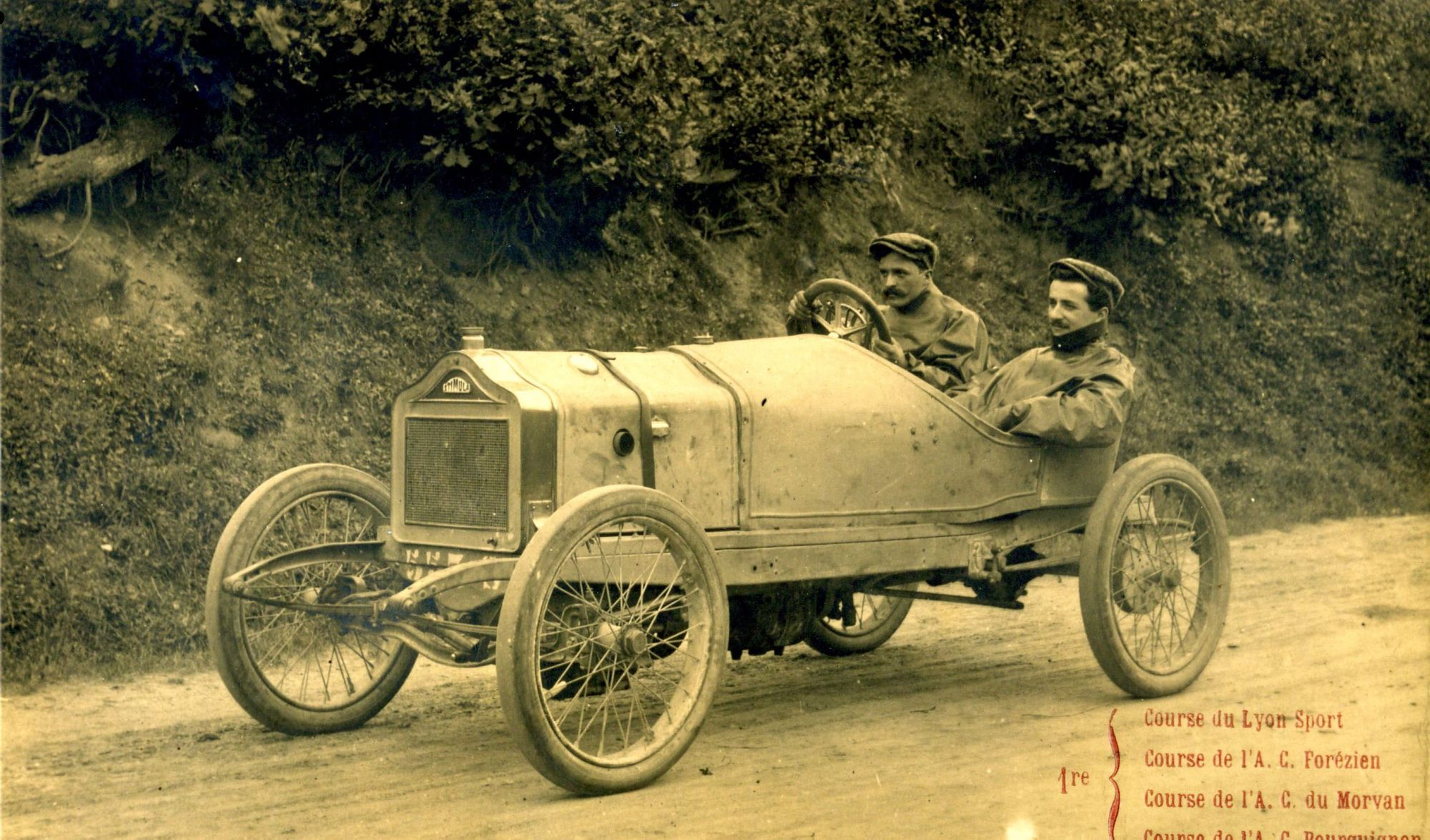
The Loire valley was, at that time, one of the most active centres for the emerging automobile industry, thanks to a combination of mechanical know how and excellent skill sets that were well recognised throughout France. This was mainly due to the presence of several masters and artisans working in the forging industry, most of which were specialised in the manufacturing of arms and components for the defence sector.
At a time when most automobile manufacturers used De Dion-Bouton engines in France, as well as in the rest of Europe, Automobiles De La Chapelle was very rare in making its own engines. The fledgling carmaker went on to file several patents during those early years.
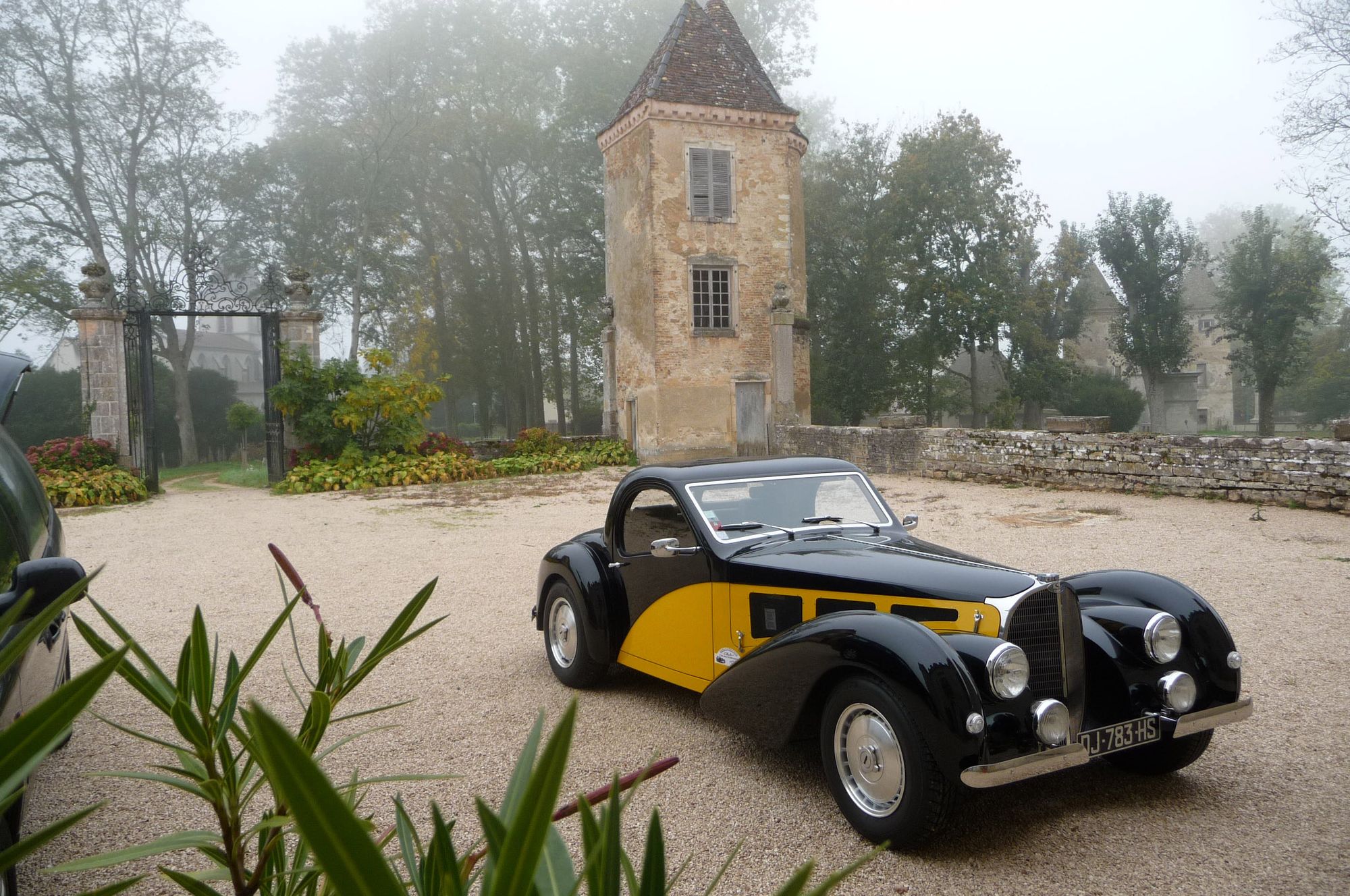
With the engineering design emphasis on lightness, the de la Chapelle brothers specialised in developing chassis that were light and efficient, and the competitiveness of the cars gave them the incentive to go racing, with several De La Chapelle light racers winning significant victories against cars with more powerful engines.

Over the years, with continuous technical development, several new models were designed and manufactured, so much so that a showroom was inaugurated in Paris, at 3 boulevard de Montparnasse, in 1912. With more than a thousand cars built—an impressive figure for the period—De La Chapelle was quite a success story, until the intervention of the First World War, which put an end to the activities of the two brothers, and the brand was ‘put to sleep’.
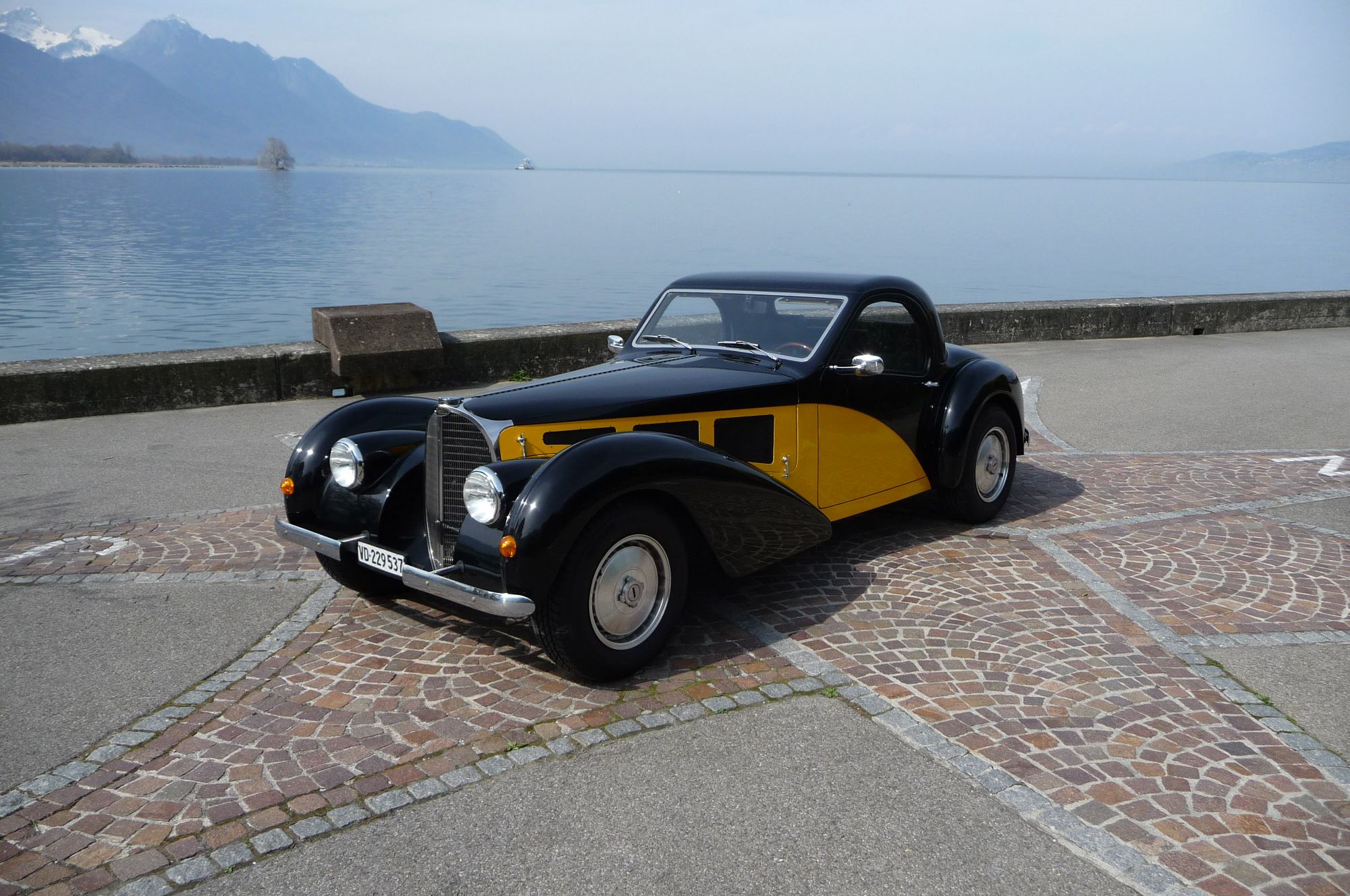
In 1975, Xavier de la Chapelle, the grandnephew of Guy and Carl, decided to revive the brand. It was the same passion that drove Xavier to create a range of cars “which were sublime evocations of the most beautiful classic automobiles through the history of the motor car,” as he explains. Thus, the legendary Bugatti Type 55 roadster was his first ‘inspiration’, and the De La Chapelle Type 55 was unveiled at the 1978 edition of the Geneva Motor Show, followed a few years later by the Tourer four-seater, and subsequently the 57S Atalante Coupe and the Grand Prix Sport model.
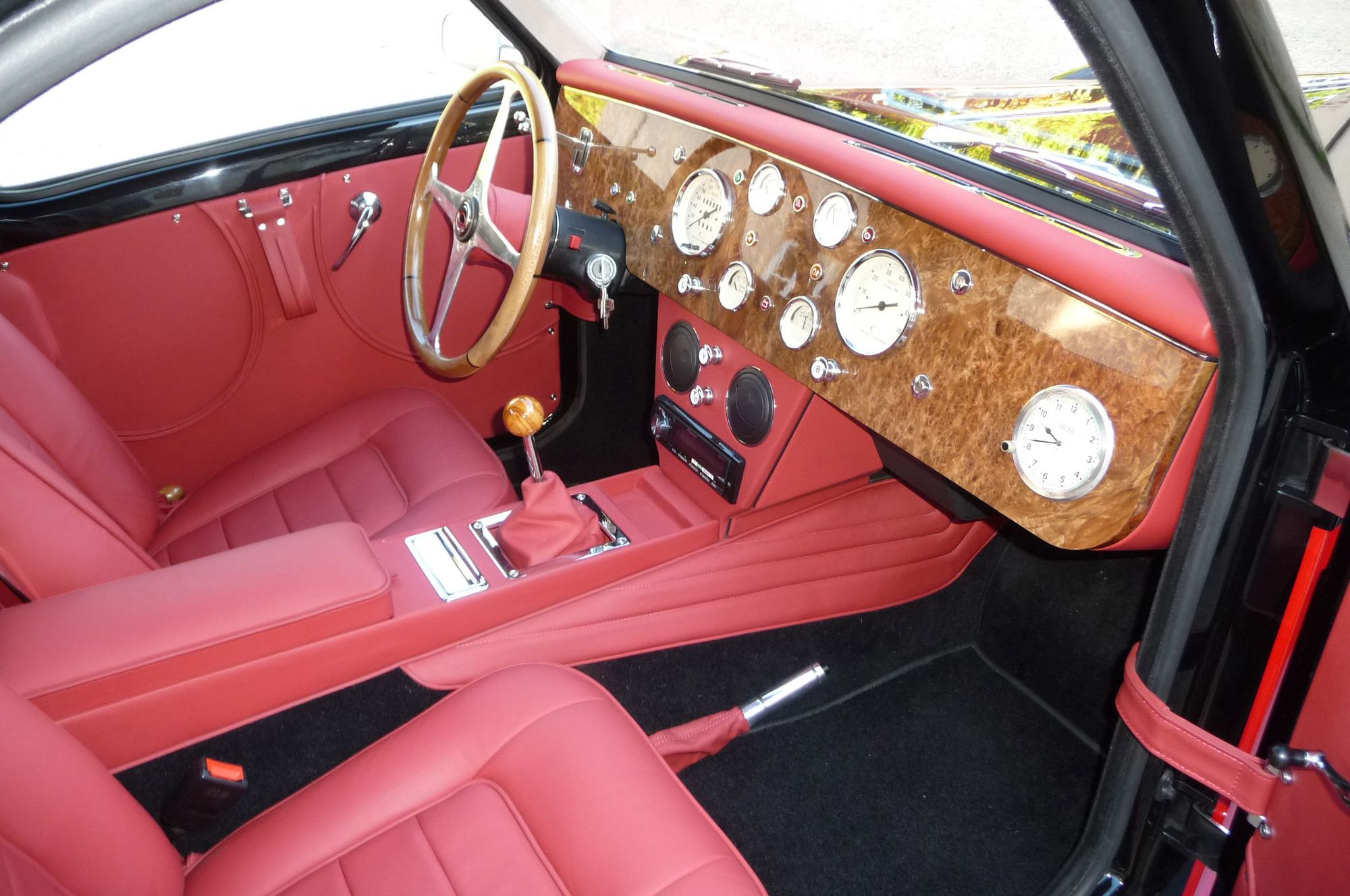
Xavier de la Chapelle insists “that the Bugatti Type 55 roadster and the Bugatti Type 57S Atalante just provided the inspiration for the cars that we developed. Our cars are not replicas and no panel or detail matches those of the models from Bugatti. Moreover, these cars meet modern homologation requirements, and thus needed to be redesigned accordingly. The chassis are modern tubular spaceframes with a backbone at the centre, and the cars have most often than not, been powered by BMW straight-sixes, while some have Alpina engines.”

“The bodies are in high-quality composite and aluminium,” explains de la Chapelle. “The interiors are in traditional wood and leather, with very great attention to detail, handcrafted to the very highest standards of bespoke motoring. Which is why Messier-Hispano-Bugatti agreed to allow the use of the Bugatti name for the cars we made. Please note that the cars are made by De La Chapelle throughout, just that customer had the right to put the Bugatti badge on the radiator grille if they chose to do so.”
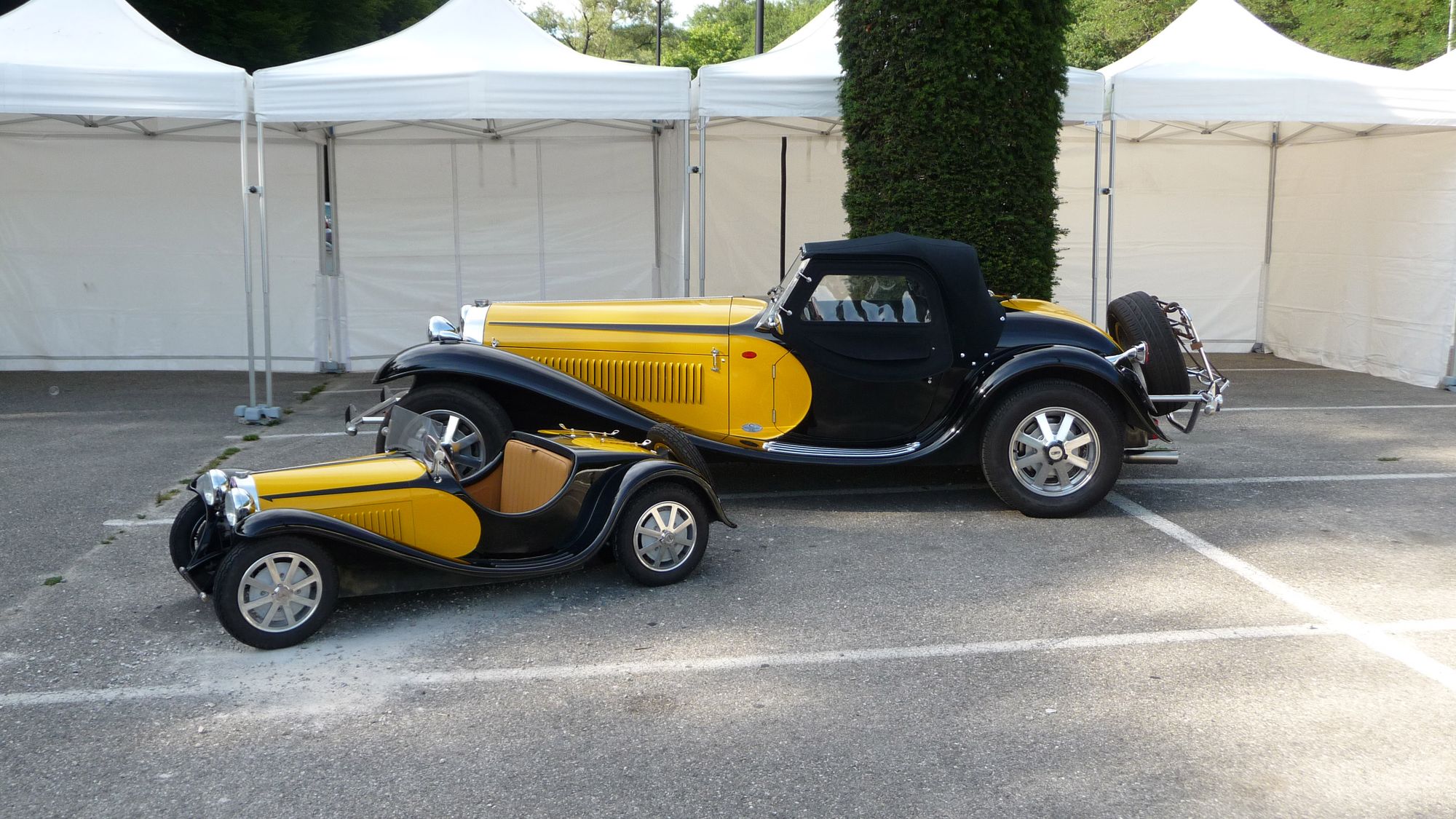
In artisanal production for over two decades, a little over a hundred of these Bugatti-inspired cars are currently on the road across the globe. Of these, just 44 ‘acquired the right’ to use the Bugatti badge until 1989, when, with the purchase of the Bugatti brand by Romano Artioli, the right to use the logo was amicably terminated.
With reliable BMW power and modern mechanicals, the cars drive exceptionally well and have a fine reputation for being excellent handlers. The design of the chassis and the independent double wishbones at both the front and rear were by Jacques Hubert, an ex-Rene Bonnet/Matra engineer.
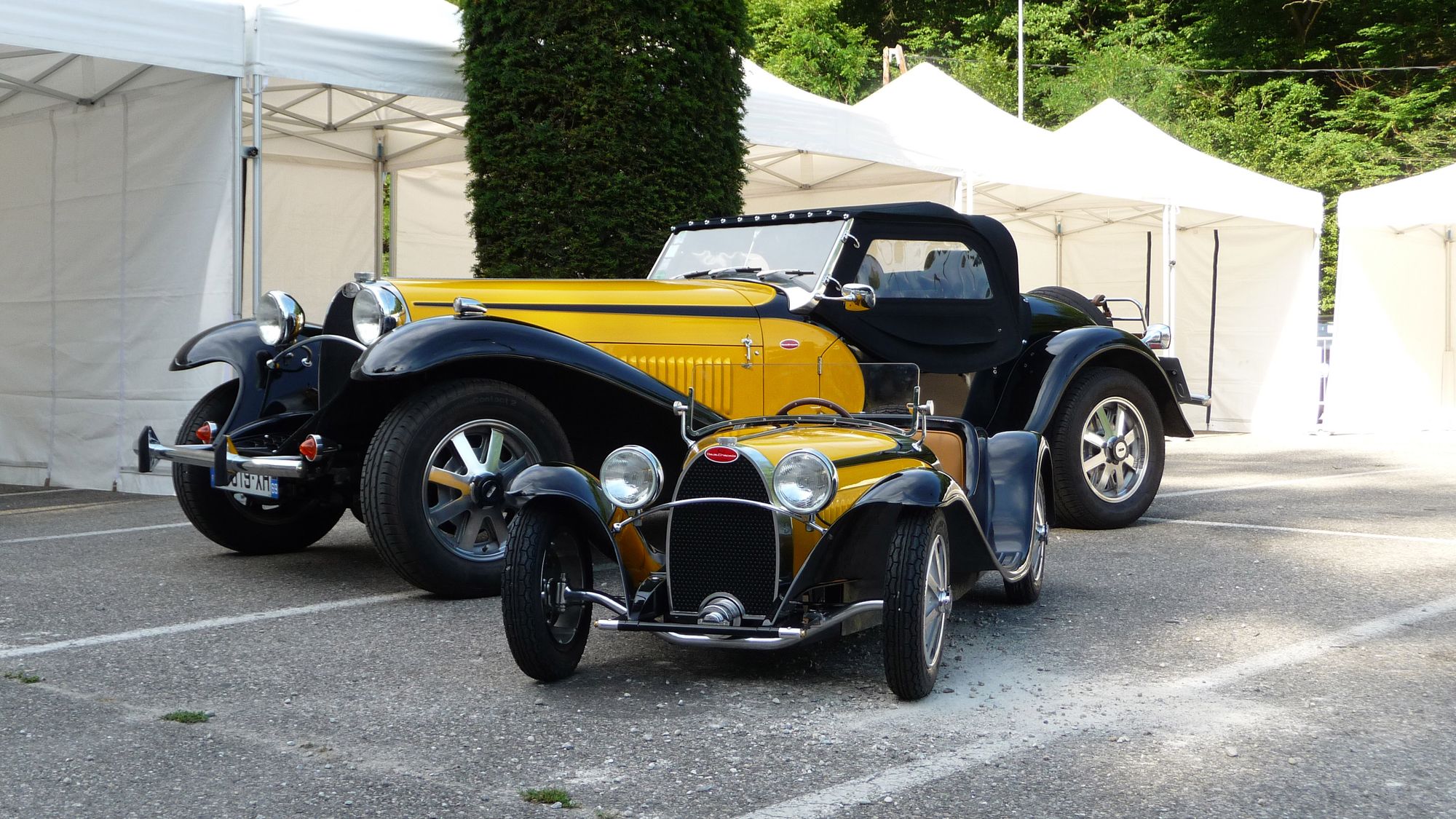
The chassis was subsequently redesigned by Philippe Beloou, who was the engineer of the 24 Hours of Le Mans-winning Rondeau, driven by Jean-Pierre Jaussaud and Jean Rondeau (the only time a privateer won the greatest of all races). Beloou also designed all the Venturis since the marque’s inception until the mid-1990s, engineered the San Storm, as well as worked on the Bugatti EB110 that raced at the 1994 24 Hours of Le Mans.
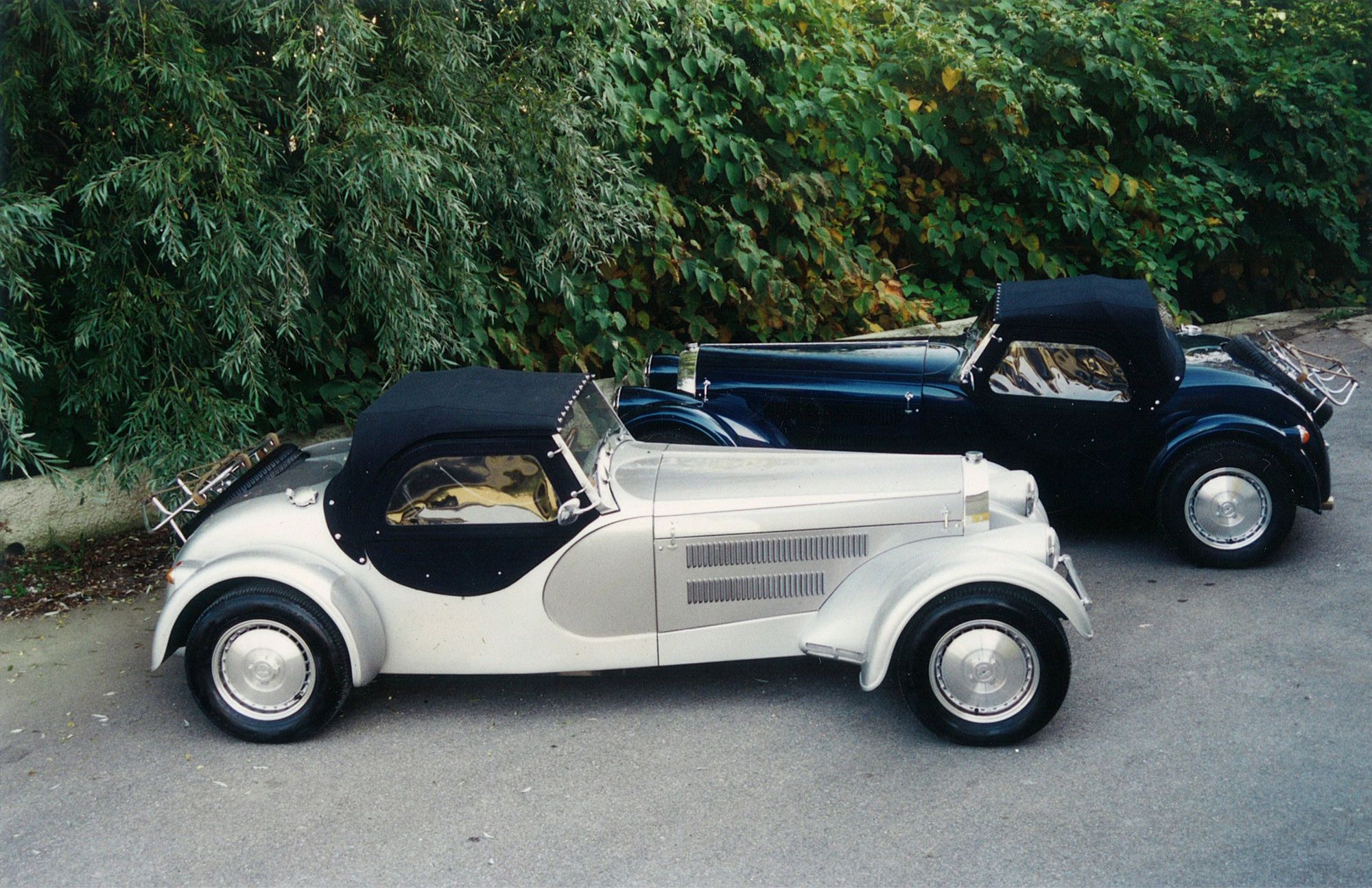
Despite the ‘rarity’ of the De La Chapelles, a Club De La Chapelle was established in 1987. Since its inception, the club has been led by Guy Mitaux-Maurouard, a former test pilot with Dassault. The club meets regularly, bringing together an enthusiastic set of owners for driving tours in France and other countries.
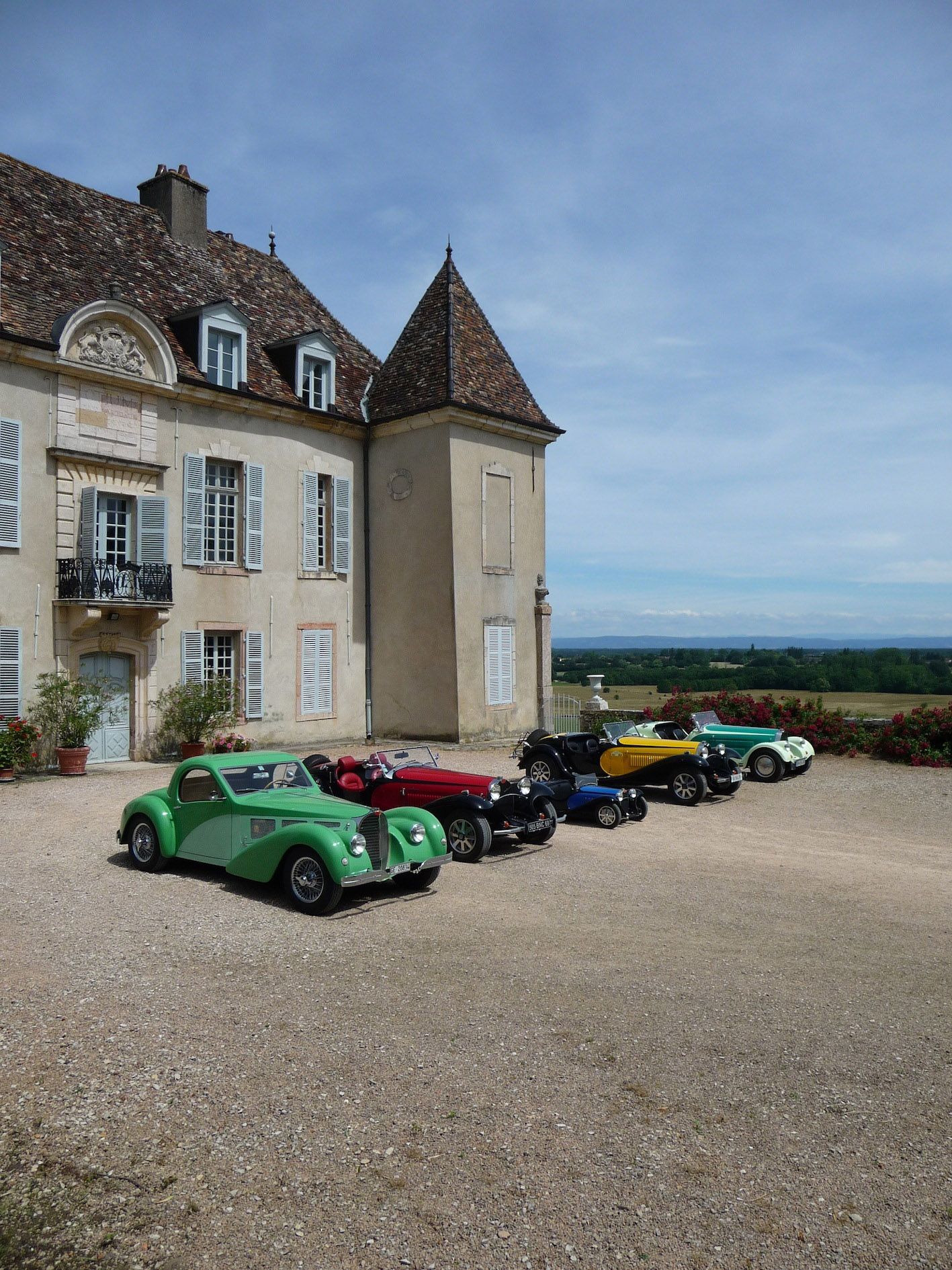
Even if many purists tend to dismiss the De La Chapelles and similar cars as ‘replicas’, the fact of the matter is that these cars do have a certain legitimacy in being recognised as historic vehicles from recent times…a youngtimer of a very different kind, one which is endearingly pre-War in looks, yet as modern as any specialist sports cars from Europe. This probably explains why these sought-after cars are trading at higher values than what their costs were when new.
Comments
Sign in or become a deRivaz & Ives member to join the conversation.
Just enter your email below to get a log in link.
